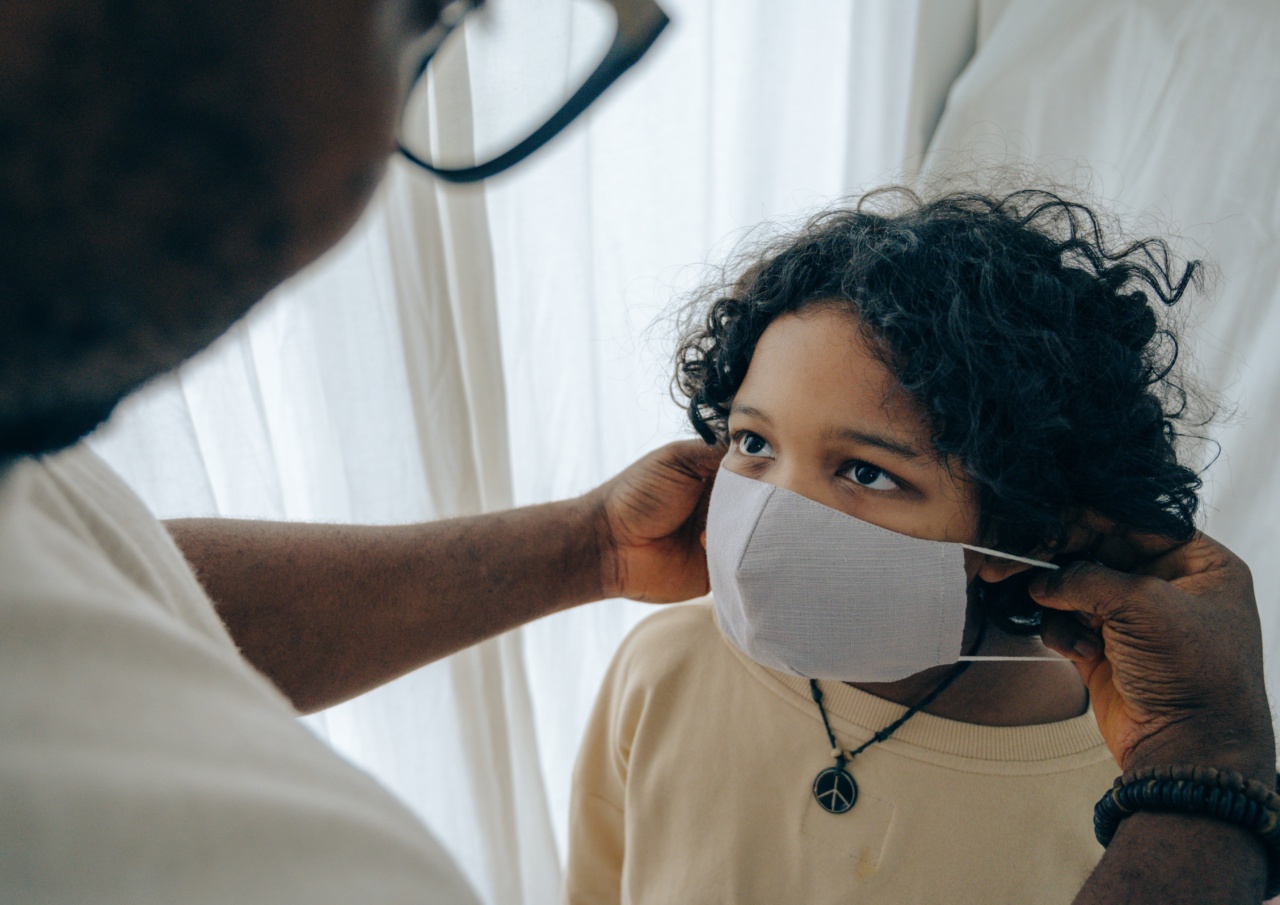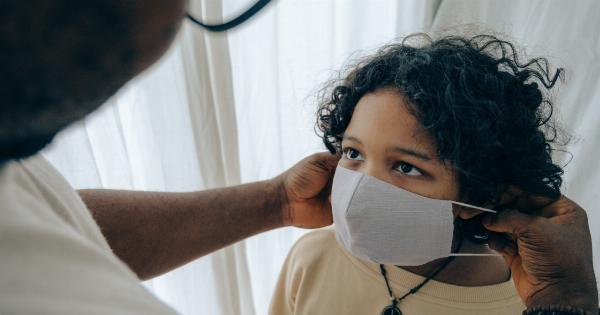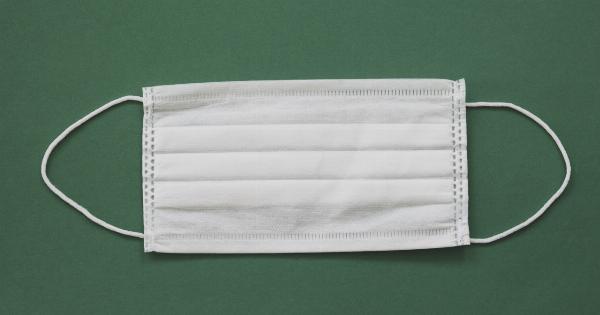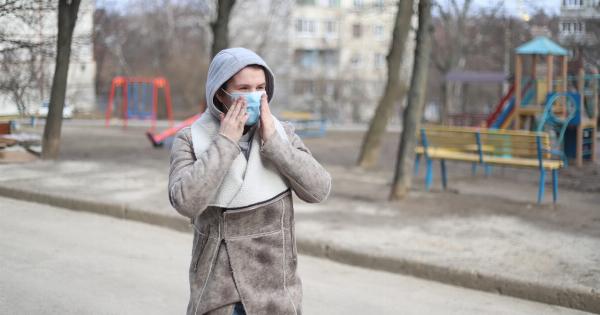Patient safety is a critical aspect of healthcare delivery, and reducing healthcare-associated infections (HAIs) plays a crucial role in ensuring the well-being of patients.
HAIs are infections acquired within healthcare facilities such as hospitals, clinics, or long-term care facilities. These infections pose a significant threat to patient safety and can lead to prolonged hospital stays, increased healthcare costs, and even mortality in severe cases.
Therefore, it is essential for healthcare organizations to adopt strategies and practices that focus on improving patient safety and effectively reducing HAIs.
Understanding Healthcare-Associated Infections
HAIs can occur due to a variety of reasons, including inadequate hand hygiene, contaminated medical devices, improper sterilization techniques, and overcrowded healthcare facilities.
Common types of HAIs include surgical site infections, urinary tract infections, bloodstream infections, and pneumonia.
The Impact of Healthcare-Associated Infections
HAIs have far-reaching consequences for both patients and healthcare organizations.
Patients who acquire infections while receiving medical care experience prolonged hospital stays, increased pain and discomfort, additional treatment costs, and a higher risk of mortality. On the other hand, healthcare organizations face reputational damage, increased financial burden, and legal implications due to HAIs.
The Need for Improving Patient Safety
Enhancing patient safety is crucial for ensuring positive healthcare outcomes and reducing the incidence of HAIs. It requires a comprehensive approach that involves healthcare professionals, administrators, policymakers, and patients themselves.
Best Practices for Improving Patient Safety and Reducing HAIs
1. Strengthening Hand Hygiene Practices
Hand hygiene is one of the most effective ways to prevent the spread of infections in healthcare settings.
Healthcare professionals should follow proper hand hygiene protocols, including frequent handwashing with soap and water or using alcohol-based hand sanitizers. Regular training and awareness programs should be conducted to reinforce the importance of hand hygiene among healthcare staff.
2. Implementing Infection Prevention Bundles
Infection prevention bundles are sets of evidence-based practices aimed at preventing specific HAIs.
These bundles often include measures such as proper insertion and maintenance of catheters, appropriate surgical site preparation, and timely administration of prophylactic antibiotics. Implementing these bundles consistently ensures a standardized approach to infection prevention.
3. Enhancing Environmental Cleaning and Disinfection
Clean and disinfected environments are essential for preventing the transmission of pathogens. Healthcare facilities should establish robust cleaning protocols and ensure regular disinfection of high-touch surfaces.
Using EPA-approved disinfectants and implementing effective monitoring systems can help maintain a clean and safe healthcare environment.
4. Promoting Antibiotic Stewardship
Antibiotic stewardship programs aim to optimize antibiotic use to prevent the emergence of antibiotic-resistant bacteria and reduce the risk of HAIs.
These programs involve implementing guidelines for appropriate antibiotic prescribing, educating healthcare providers about antimicrobial resistance, and monitoring antibiotic use to avoid unnecessary or prolonged antibiotic treatment.
5. Improving Medical Device Sterilization
Proper sterilization of medical devices is crucial for preventing device-related HAIs.
Healthcare facilities should have rigorously monitored sterilization processes in place, including routine maintenance of sterilizers, use of sterilization indicators, and adherence to manufacturer’s guidelines for each specific device.
6. Fostering a Culture of Safety and Reporting
Promoting a culture of safety encourages open communication, transparency, and reporting of adverse events or near misses.
Healthcare organizations should develop systems that allow staff members to report incidents without fear of retribution, investigate reported incidents, and implement corrective actions to prevent future occurrences.
7. Utilizing Surveillance and Data Analysis
Surveillance systems can help identify patterns, trends, and risk factors associated with HAIs. Healthcare facilities should establish robust surveillance systems to monitor infection rates, analyze data, and identify opportunities for improvement.
Data-driven interventions can effectively target areas with higher infection rates and enable the implementation of targeted prevention strategies.
8. Educating and Empowering Patients
Patients have a crucial role in preventing HAIs.
Healthcare organizations should educate patients about the importance of hand hygiene, engage them in shared decision-making regarding invasive procedures, and provide information on infection prevention measures they can take during their healthcare journey.
9. Continuous Staff Training and Education
Ensuring that healthcare staff members receive regular training and education on infection prevention practices is vital.
Ongoing professional development programs should be implemented to keep healthcare professionals up-to-date with the latest guidelines and best practices in reducing HAIs.
10. Collaborating and Sharing Best Practices
Healthcare organizations should actively collaborate with each other, share best practices, and engage in the dissemination of knowledge.
Collaborative platforms, conferences, and research forums play a crucial role in bringing together professionals to exchange ideas and strategies for improving patient safety and reducing HAIs.
Conclusion
Improving patient safety and reducing healthcare-associated infections require a comprehensive and multi-faceted approach.
By implementing strategies such as strengthening hand hygiene practices, employing infection prevention bundles, enhancing environmental cleaning, and fostering a culture of safety, healthcare organizations can significantly minimize the risk of HAIs. Additionally, effective surveillance systems, patient education, and continuous staff training further contribute to the overall goal of ensuring patient safety and enhancing healthcare outcomes.






























